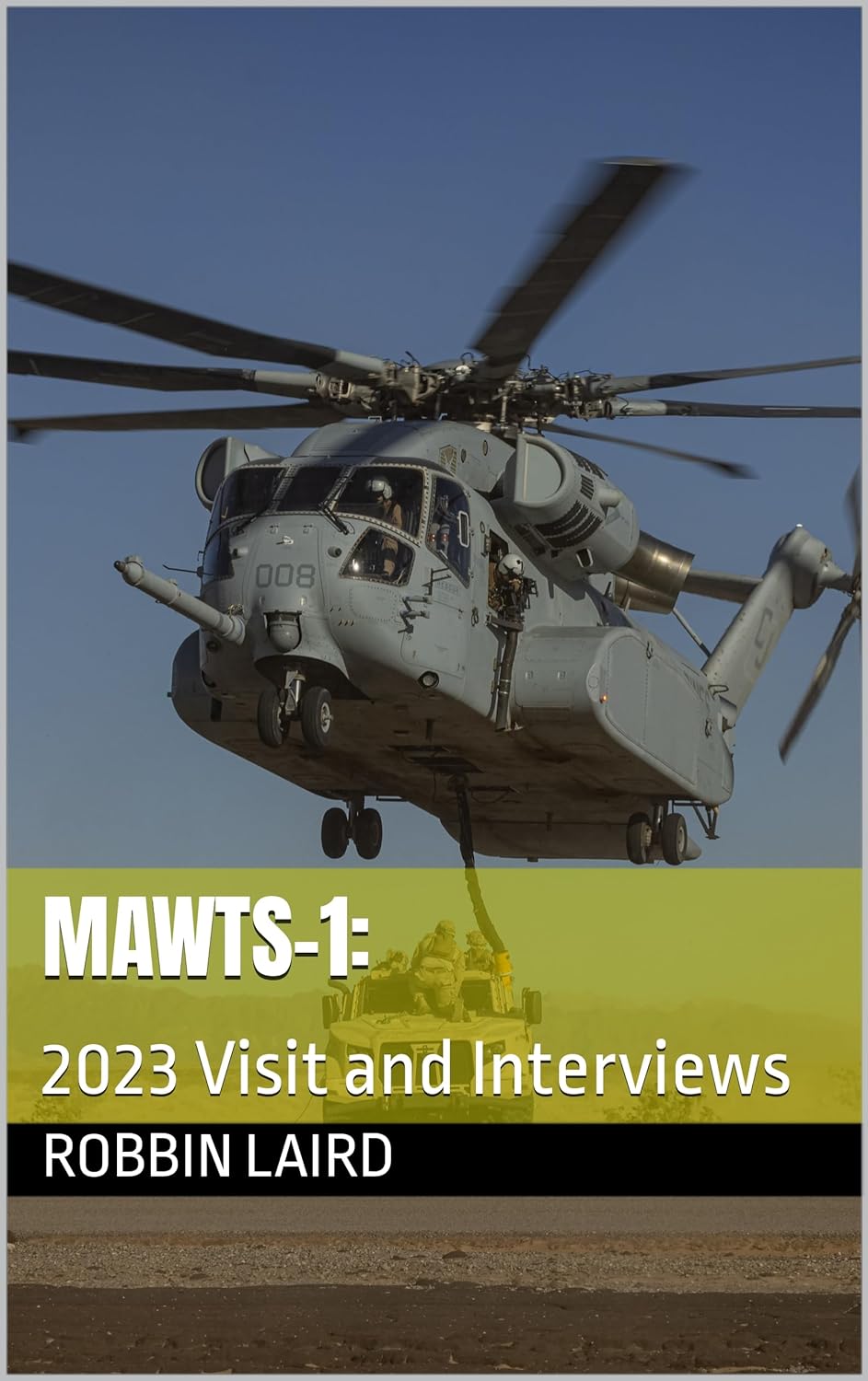An Update on MAWTS-1: From the Perspective of 2023
Ed Timperlake and I are working on a book on MAWTS-1.
This book focuses on MAWTS-1 but from the perspective of its current work.
MAWTS-1 is really a critical element in defense innovation driven by training for the “physics of combat” to quote LtGen (Retired) Rudder.
Recently, this is what Rudder wrote about the focus of and contribution of MAWTS-1:
“Unlike other schoolhouses, MAWTS is the only organization that can keep pace with technology and changes in the operational environment.”
But how does it do so?
It is not through war games or briefing slides – it is through actual testing in training what Rudder referred to as the “physics of combat.”
Through a direct connection to the fleet Marines or the warfighting lab, when a new tactical concept is introduced, MAWTS tests how such a concept would actually be executed in the real world. How does the physics of force sustainment, force maneuver, force support, force protection and delivering of effects actually work or not?
The challenge in Rudder’s words: “We need to avoid smoke and mirrors. The talking points from a wargame or ideas from force design planners may sound good, but it has to have an operational look. An A plus for your ideas may equal a D for practical execution.
“If the concept or design does not make it through the physics of operational execution, the idea needs to be rejected or seriously modified.
“Giving problems and operational concepts to MAWTS is crucial to working the physics of combat in testing out new tactical approaches.”
In this book, I have brought together the interviews which I have conducted with the Marines at MAWTS-1 in 2023.
I interviewed the CO of MAWTS-1, Col Eric Purcell, in April and then visited the command in November after the second WTI of the year. This provided a chance to discuss how MAWTS-1 had progressed in working enhanced force mobility for the USMC within the broader joint force, a key emphasis of the force design effort.
The challenge is that while the Marines are working FARPs and other means to enhance force mobility, the joint force is in the throes of significant change, whether it be the U.S. Navy working distributed maritime operations or the USAF working agile combat employment.
How does the USMC effort to reorganize and enhance its contribution to the joint force while the joint force is itself in fundamental change with much uncertainty over how to do maritime distributed operations and the agile combat air combat employment?
The Navy and Air Force sides of this transition have been a major part of our work published elsewhere and provide insights with regard to how challenging the overall force transformation is within which the USMC is working to find its proper place. It is not just up to MAWTS-1 to work the training for such an effort, but NAWDC and Nellis are clearly involved as well.
To put it simply: it is a work in progress and the Marines emphasis on a MAGTF organizing principle remains important going forward in spite of the effort to find ways to operate from much smaller organizational formations.
As the end of course video for WTI-1-24 starts: “It is not a question of if the Marine Corps will go into combat. It is only a matter of when.”
Or from Barnes and Noble:
https://www.barnesandnoble.com/w/book/1144457010?ean=9798870892016

